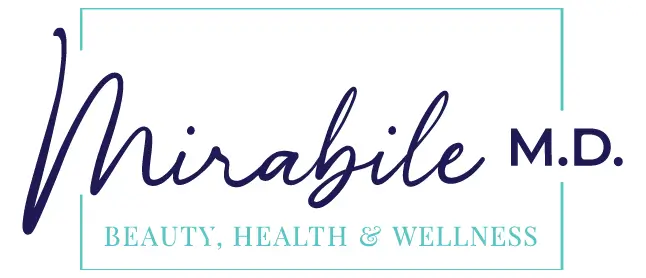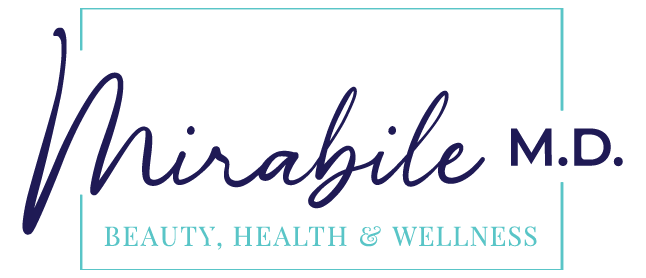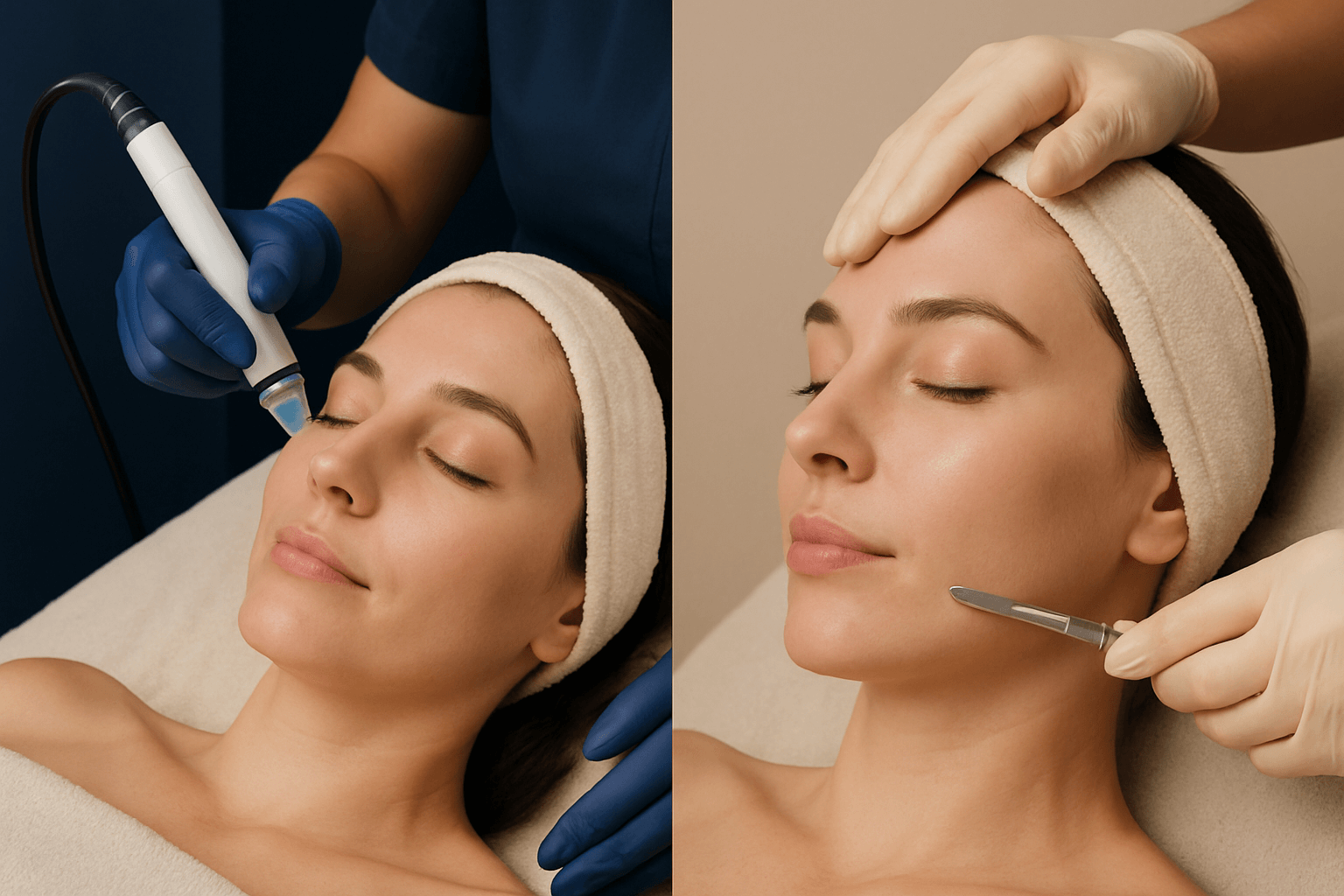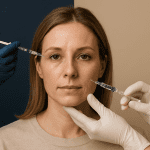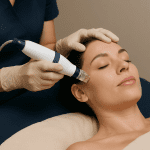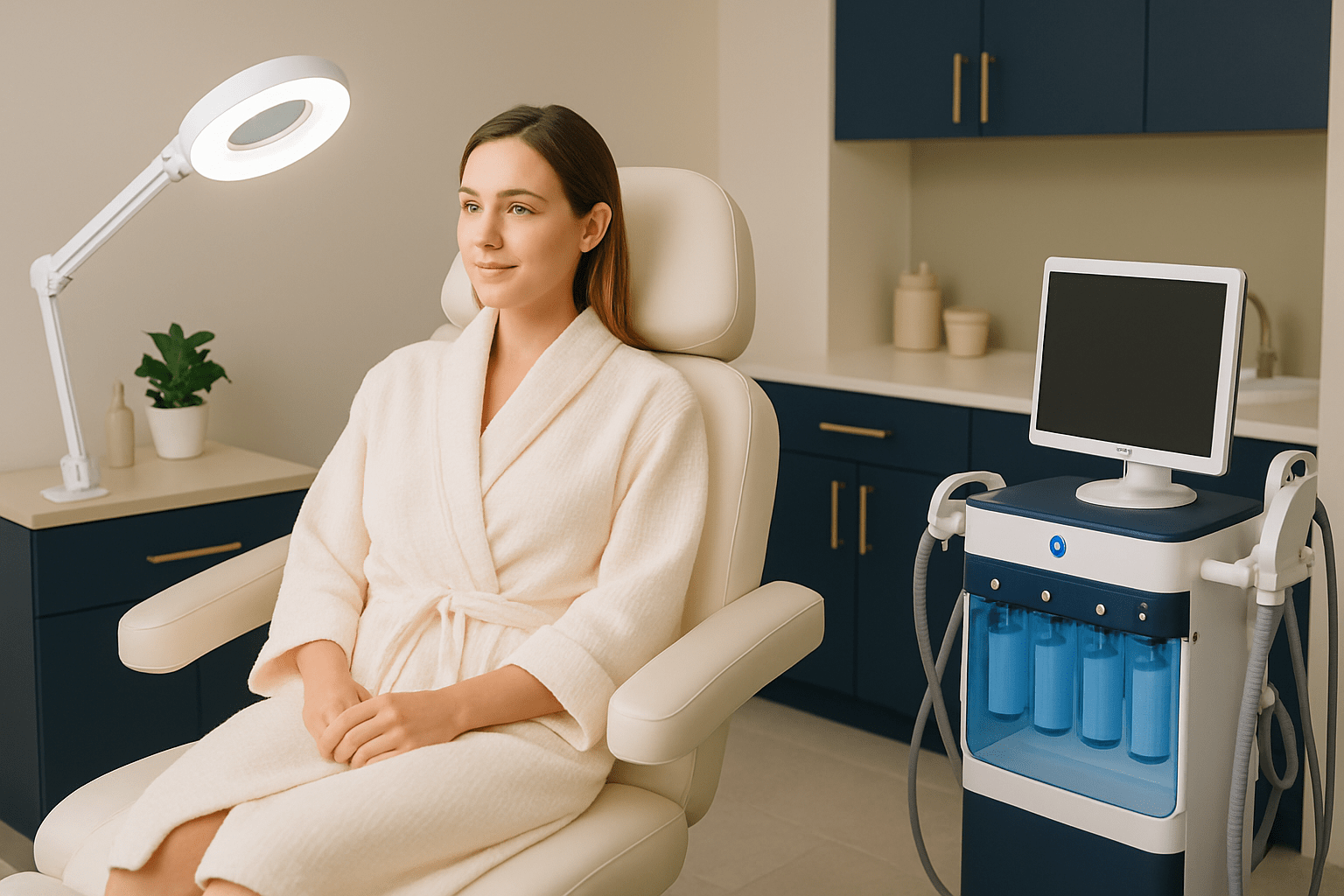When it comes to achieving radiant skin, Hydrafacial and Dermaplaning are two standout treatments making waves at MedSpas everywhere. But what’s the real difference, and how do you know which one to choose?
At Mirabile M.D. Beauty, Health & Wellness, we frequently encounter clients torn between these popular treatments. Today, we’re settling the debate of Hydrafacial vs Dermaplaning once and for all, so you can choose the perfect option to brighten your skin and boost your confidence.
Jump to:
TLDR – Quick Guide
Here’s your fast comparison between Hydrafacial and Dermaplaning:
Hydrafacial
- Deep hydration and cleansing
- Removes impurities, brightens skin
- Immediate, lasting glow for weeks
- Good for all skin types
Dermaplaning
- Exfoliates dead skin cells and removes peach fuzz
- Instantly smooth, flawless makeup application
- Immediate glow, lasts up to a month
- Ideal for dull, textured skin
Detailed Breakdown
Let’s dive deeper into the specifics of each treatment:
Hydrafacial: The Ultimate Hydration Boost
A Hydrafacial involves a multi-step treatment designed to deeply cleanse, exfoliate, extract impurities, and intensely hydrate your skin. It’s often described as an advanced facial delivering instant and long-lasting glow.
Benefits:
- Immediate visible hydration
- Clears clogged pores and blackheads
- Reduces appearance of fine lines
- Suitable for all skin types, including sensitive skin
- No downtime or irritation
How long do results last?
Hydrafacial results typically last about 2-4 weeks, though regular monthly treatments maintain continuously glowing skin.
Dermaplaning: Instant Smoothness
Dermaplaning is an exfoliation method using a sterile surgical blade to gently scrape away dead skin cells and fine facial hair (peach fuzz). This reveals smoother, brighter skin immediately.
Benefits:
- Instant smoother skin texture
- Enhanced makeup application
- Improved absorption of skincare products
- Reduces appearance of fine lines and minor acne scarring
- Safe for most skin types, excluding active acne or sensitive skin prone to irritation
How long do results last?
Dermaplaning’s smoothing effects typically last around 3-4 weeks, with regular sessions recommended every month to maintain smoothness.
Hydrafacial vs Dermaplaning: Which Is Right for You?
Still unsure? Here’s how to quickly decide:
Choose Hydrafacial if you:
- Have dry, dehydrated, or congested skin
- Want deeply nourished skin with lasting hydration
- Need gentle exfoliation without irritation
Choose Dermaplaning if you:
- Want instantly smooth skin without peach fuzz
- Desire flawless makeup application
- Seek immediate results with no downtime
In many cases, clients even combine both treatments for maximum radiance and skin rejuvenation.
Key Takeaways
- Hydrafacial provides deep cleansing, intense hydration, and suits all skin types, with results lasting up to a month.
- Dermaplaning instantly smoothes and brightens skin, removes peach fuzz, and enhances product absorption and makeup application.
- Regular treatments of either procedure significantly improve skin texture and radiance.
- Combining both treatments may provide optimal results for hydration, smoothness, and glow.
FAQs
1. Can I combine Hydrafacial and Dermaplaning in the same appointment?
Yes! Combining treatments offers enhanced exfoliation and hydration, maximizing radiance and smoothness in a single session.
2. Does Dermaplaning make hair grow back thicker?
No. Dermaplaning removes fine peach fuzz, which regrows exactly the same texture as before, never thicker or darker.
3. Which treatment is better for sensitive skin?
Hydrafacial is ideal for sensitive skin as it gently exfoliates and hydrates without causing irritation or inflammation.
4. How soon will I see results from these treatments?
Both treatments offer immediate results. Hydrafacial provides instant glow and hydration, while Dermaplaning immediately smooths skin texture and brightens your complexion.
5. Are there any side effects to Hydrafacial or Dermaplaning?
Side effects are rare and minimal. Slight redness or mild sensitivity immediately after treatment is normal but fades quickly, typically within a few hours.
